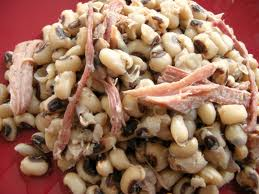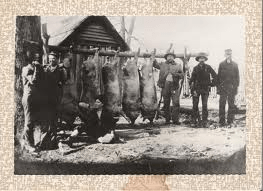Our dinner table sits in front of a large window that looks upon the field behind the house. This allows us to watch the cattle graze, and it also allows us to talk about the cattle. Tonight, we watched a mama cow look after her newborn calf.
If you do not think mama cow is a real term, then you should listen to cow people talk.
The calf was lying on the ground, and my wife and stepdaughter were getting worried. The calf had not moved in a while. Honestly, I was worried, too. Earlier, I drove out there to make sure it was alright.
After a few minutes, the calf got up and followed its mother to another part of the field.
A few weeks ago, another calf was born near the house. When I got home, buzzards were smelling blood and trying to get near it. I went out to run them off, and I was not alone. As the mother pushed the calf away, the other cows formed a line and attacked the buzzards. They stomped, and they kicked. Eventually, the buzzards went away.
That calf was born during good weather. However, it stormed that night, and everyone in the house was worried about it. The next day it snowed. That calf experienced some true Tennessee spring weather within a matter of hours. Now, the calf is an old pro.
These days, there is a lot of cow activity around the house. Later this month, the barn behind the house will host the annual production sale. I have written about it before. In the old days, the cattle were owned by my dad, but he got out of the business. Now, his former partner grazes his cattle on the land and has his own sale.
People will come from most of the states to purchase the animals. However, these animals are not destined for the dinner plate. They are too valuable for that. These cattle will be used to improve the bloodlines of herds around the country.
It is a busy time of year around these parts. People are preparing for the sale, and the calves are playing while the mama cows keep close watch.



























